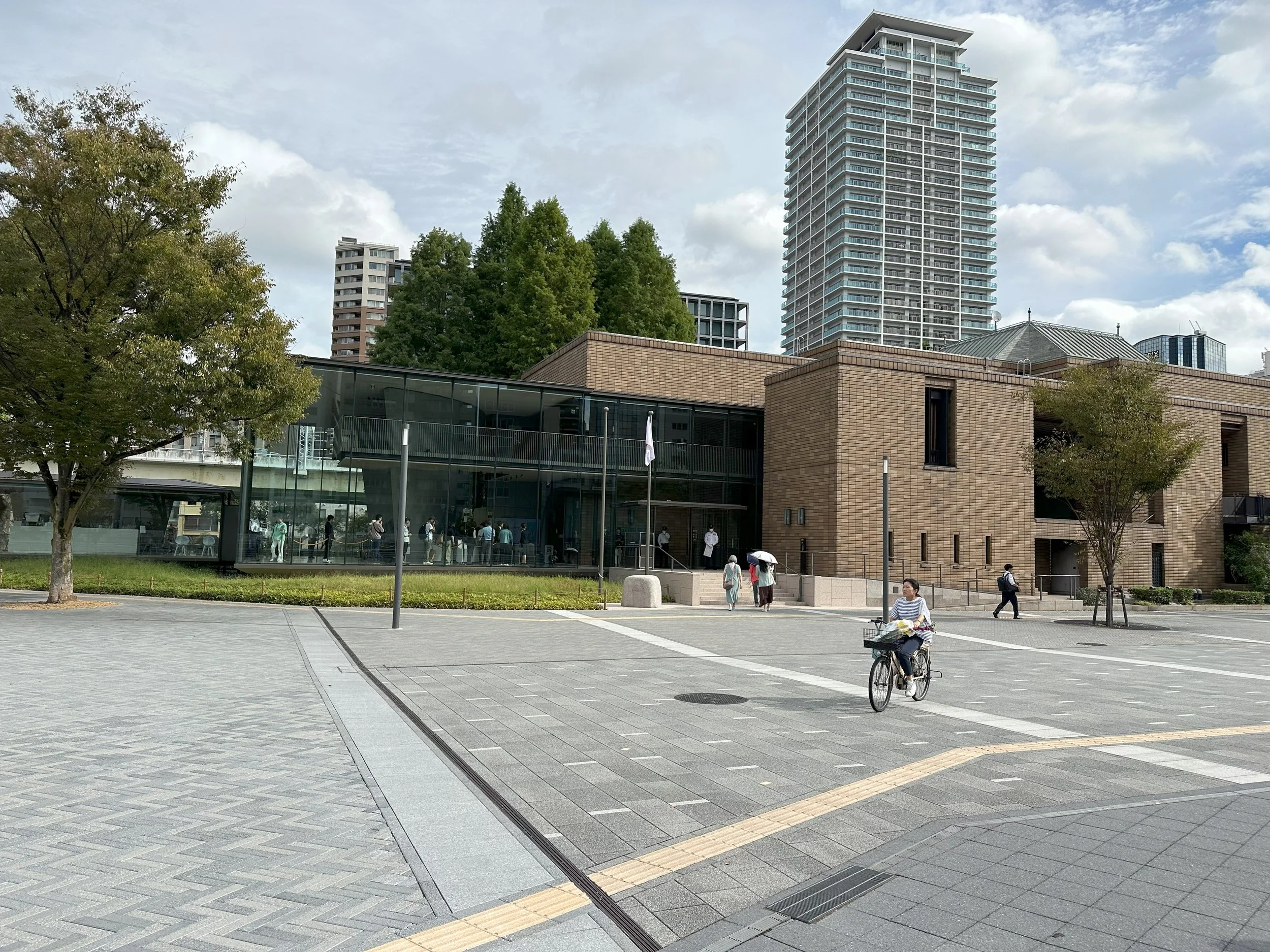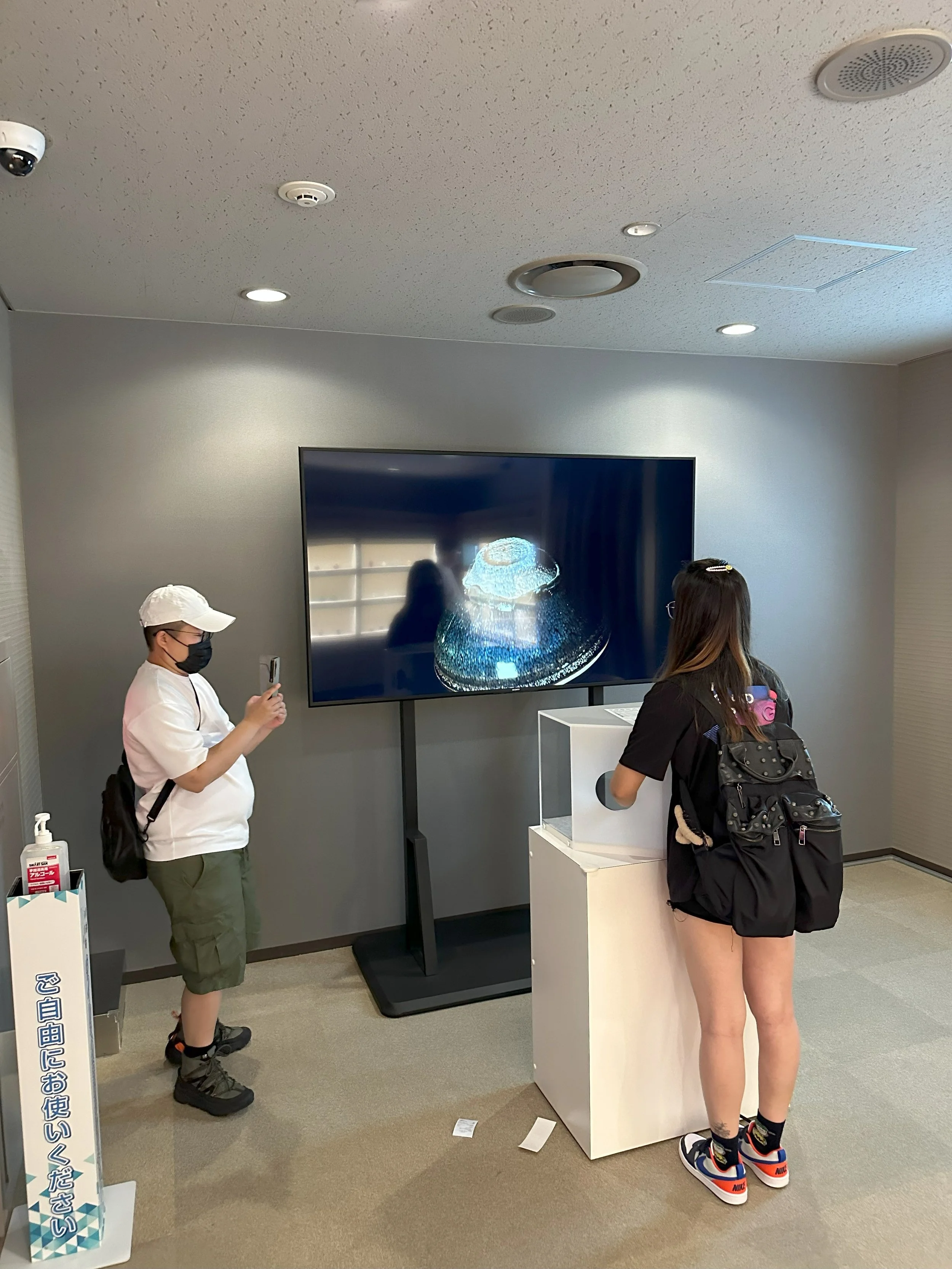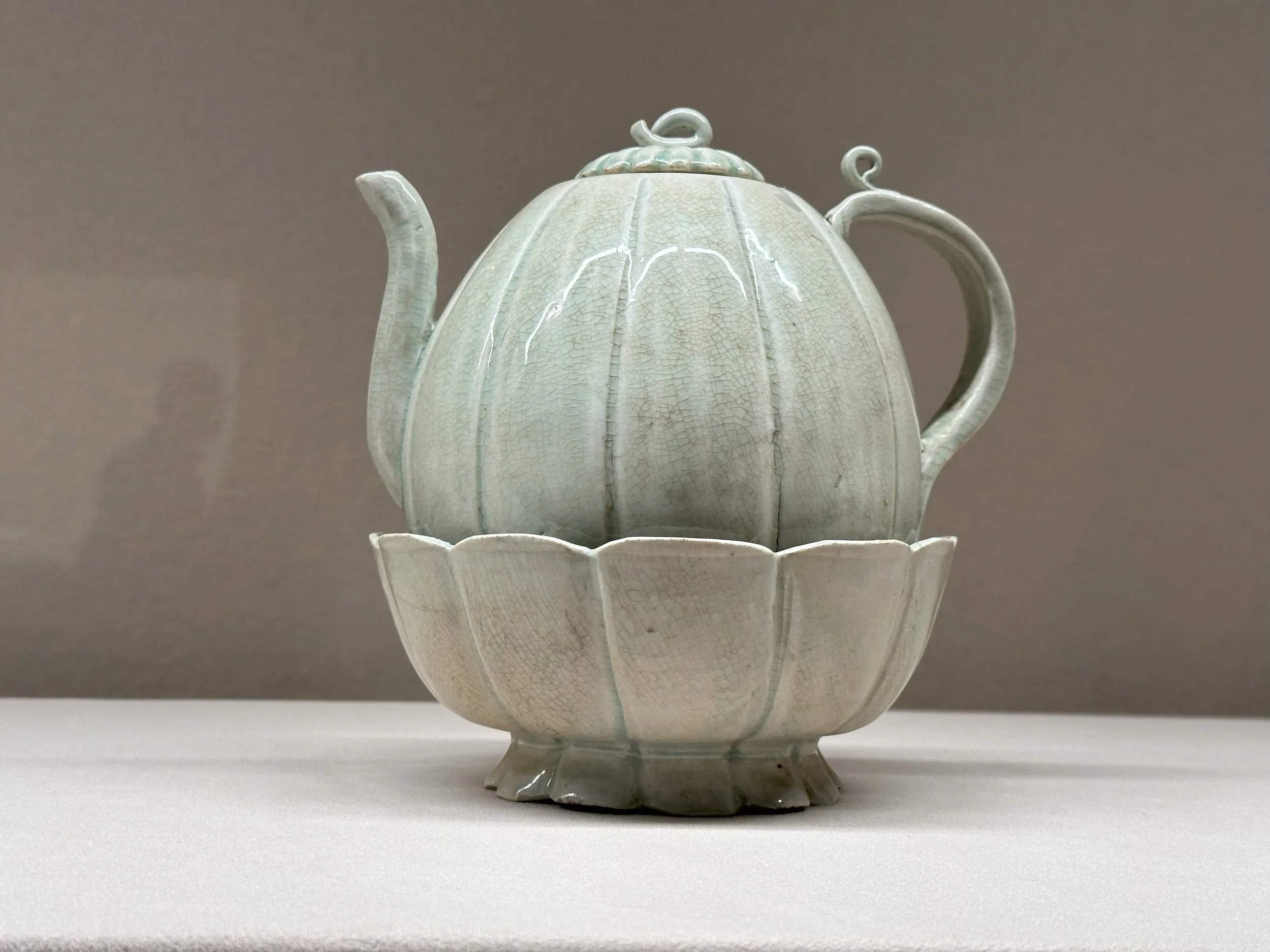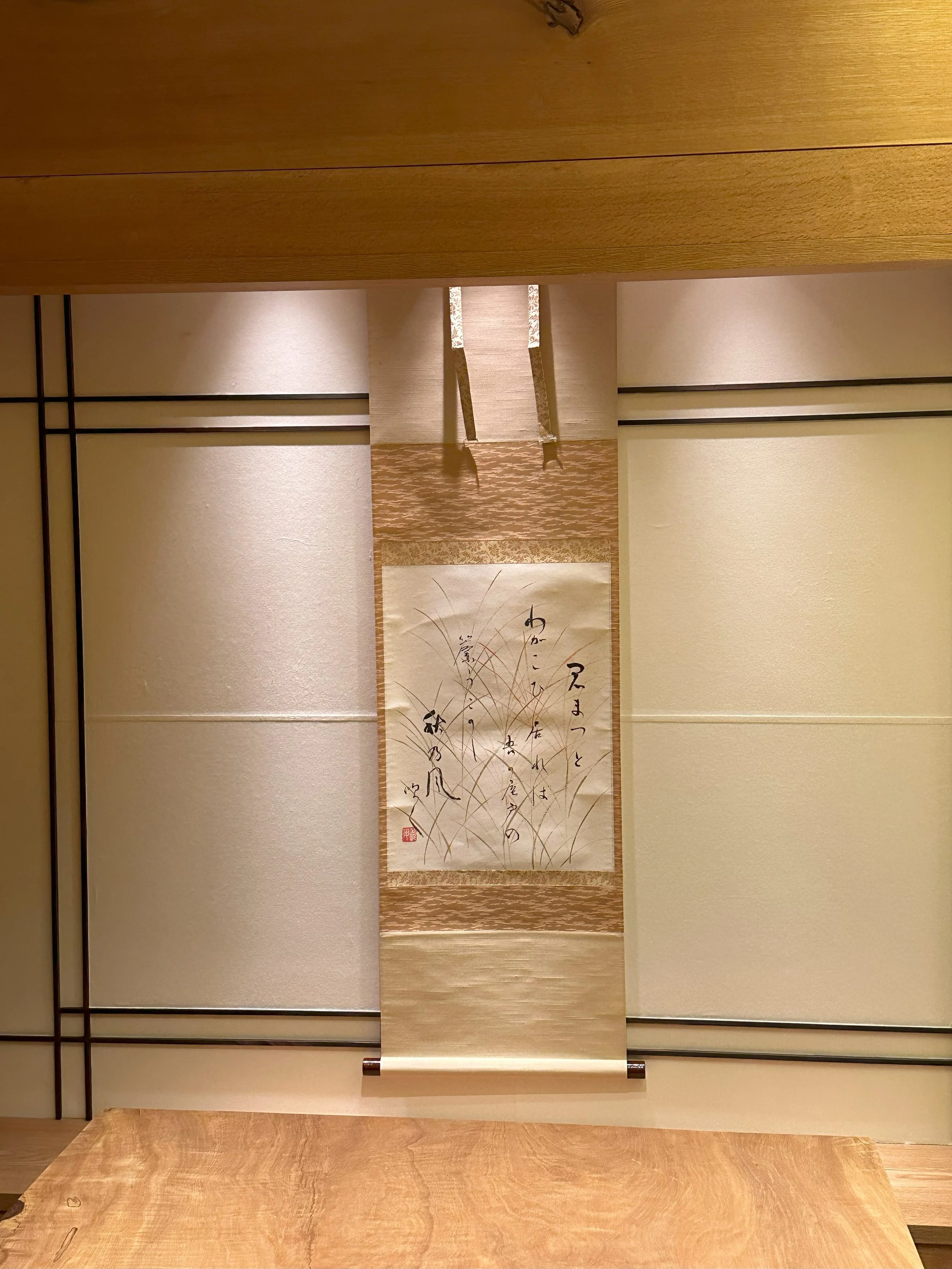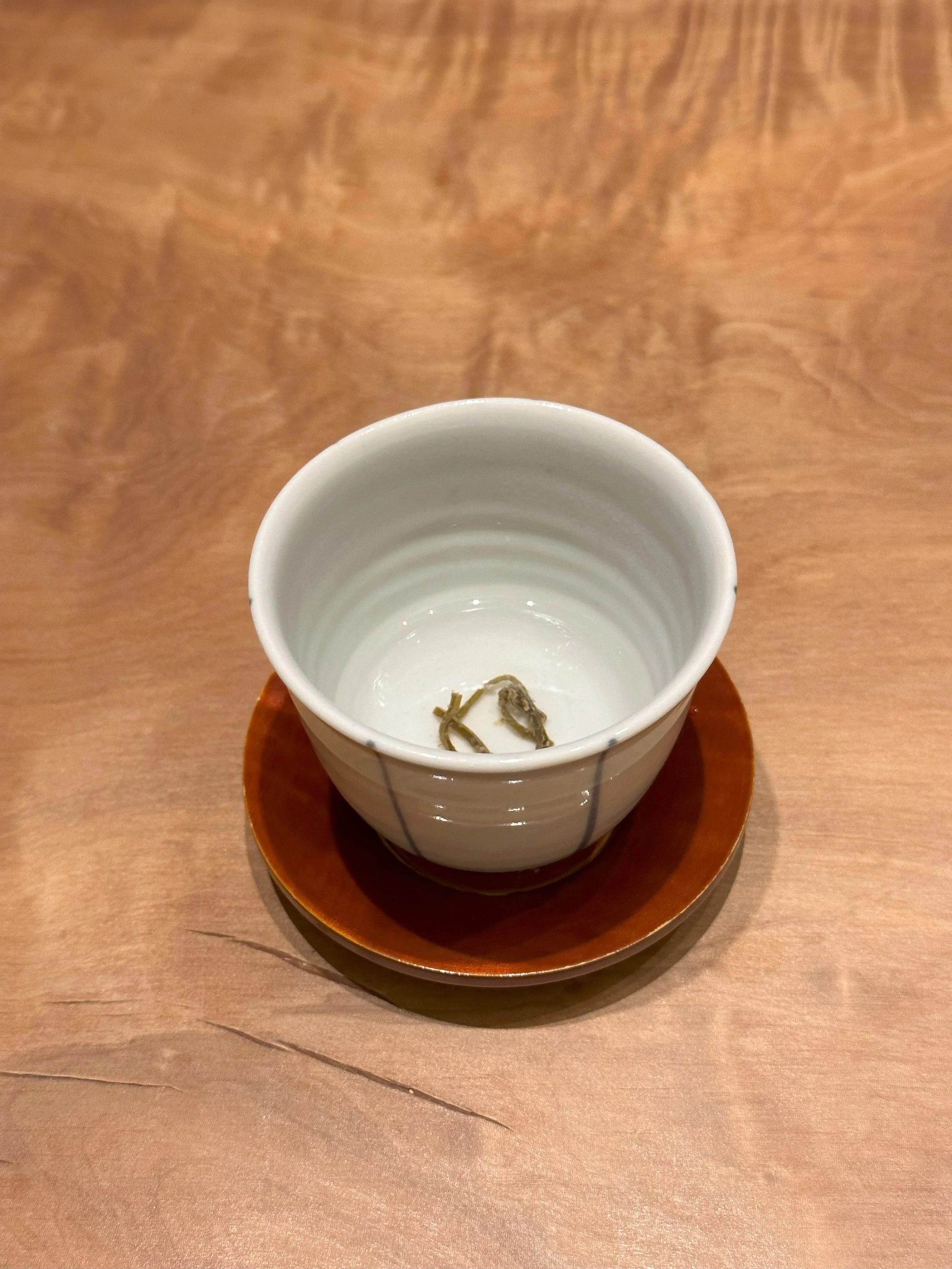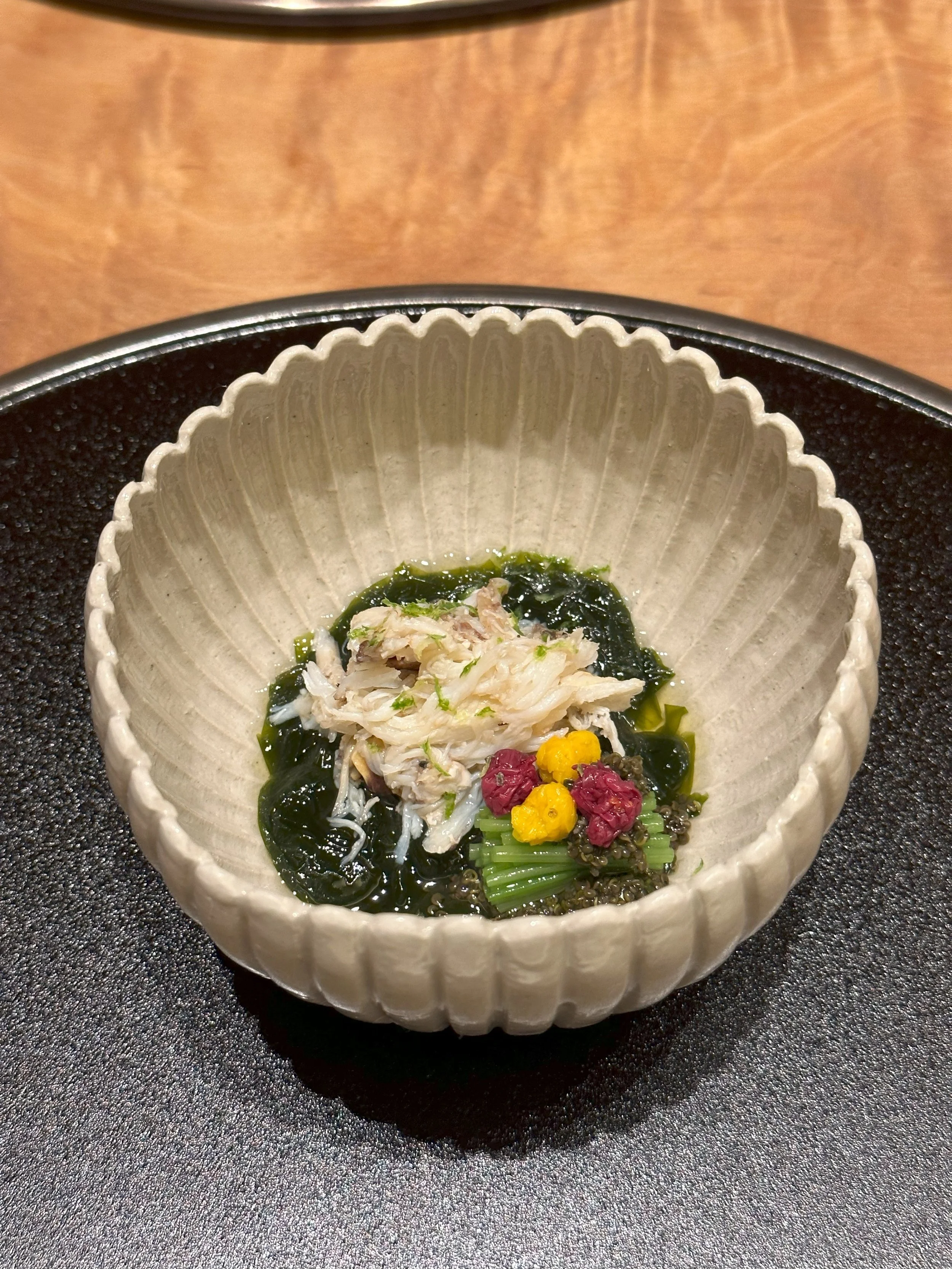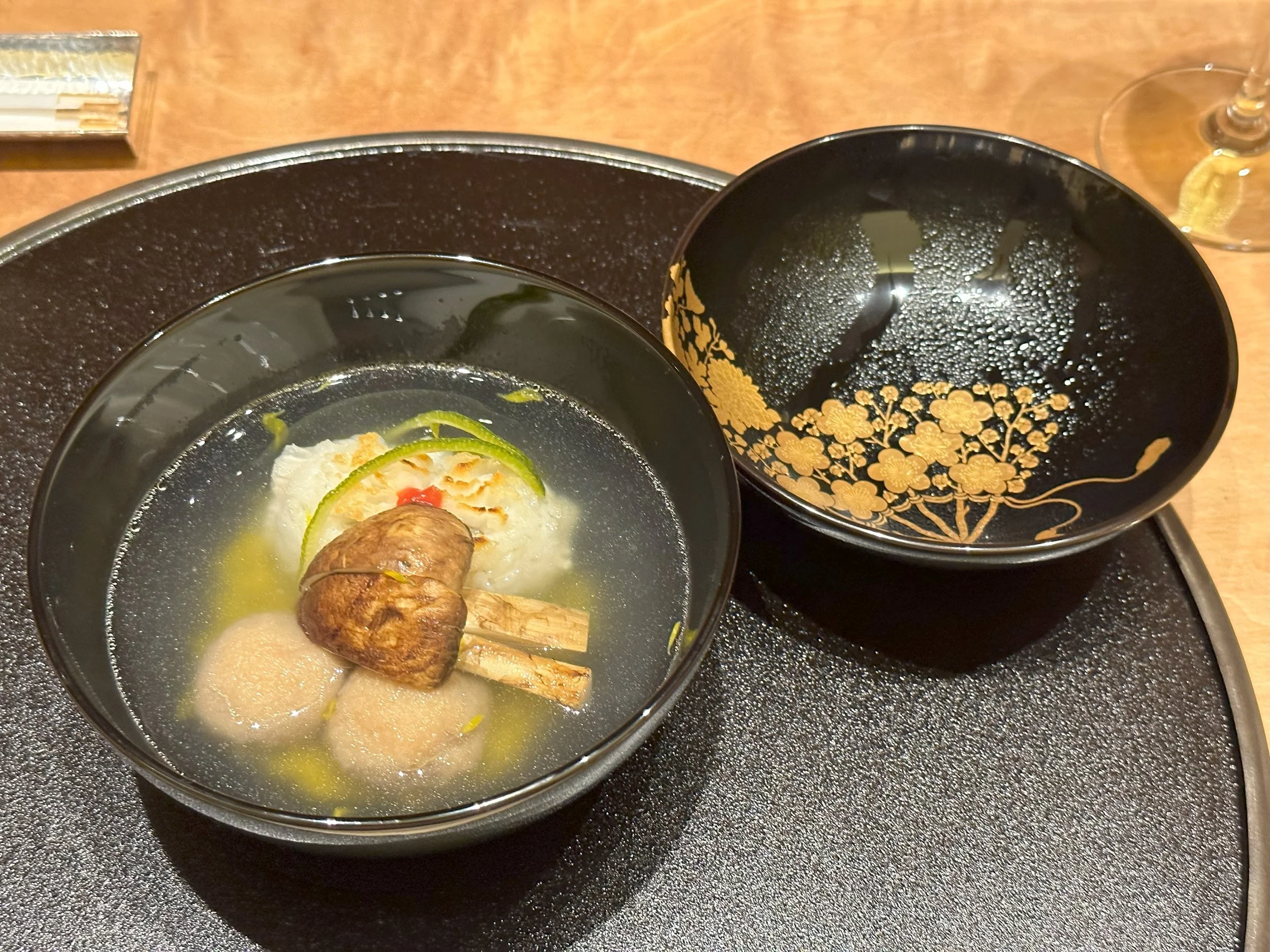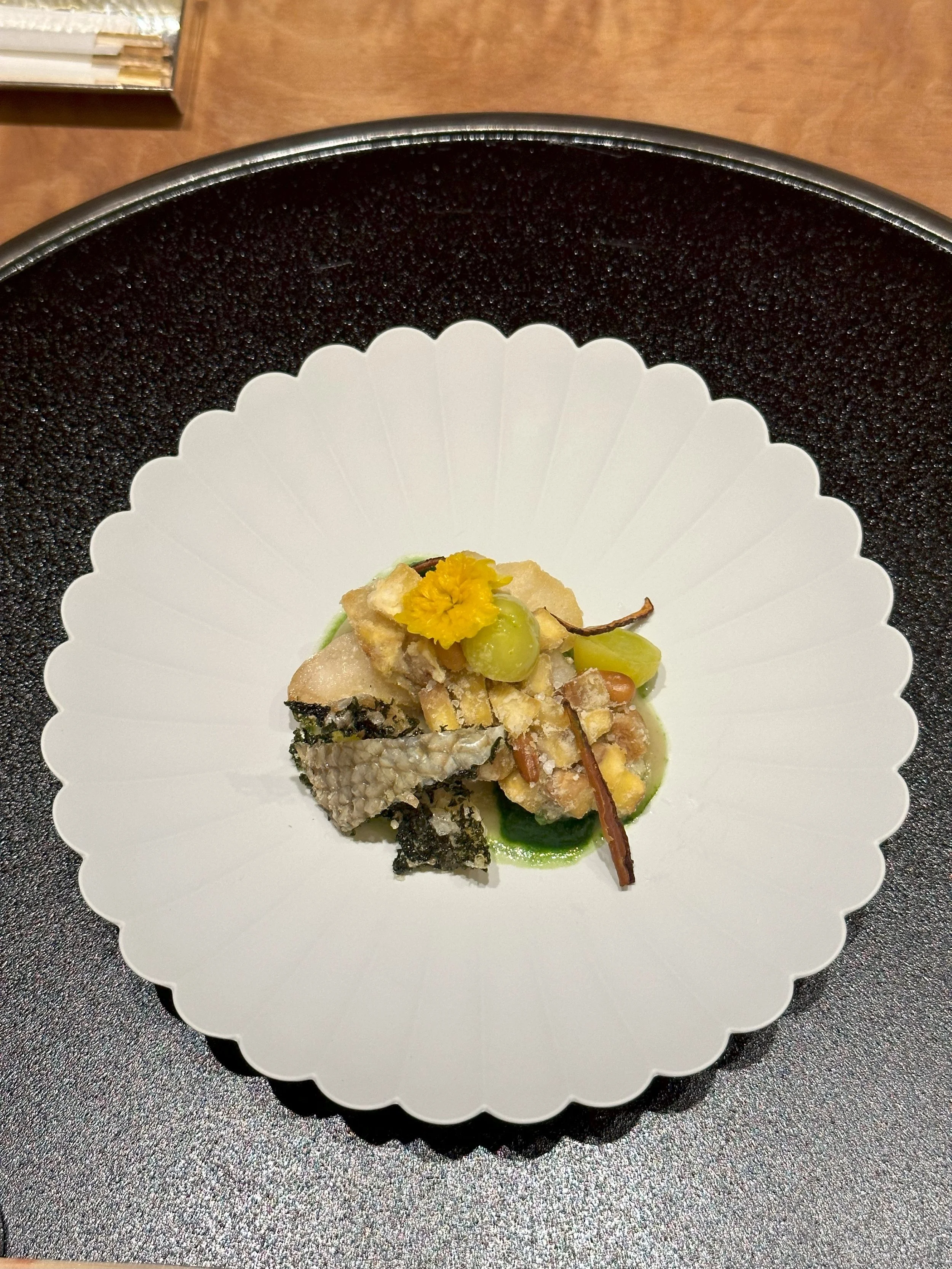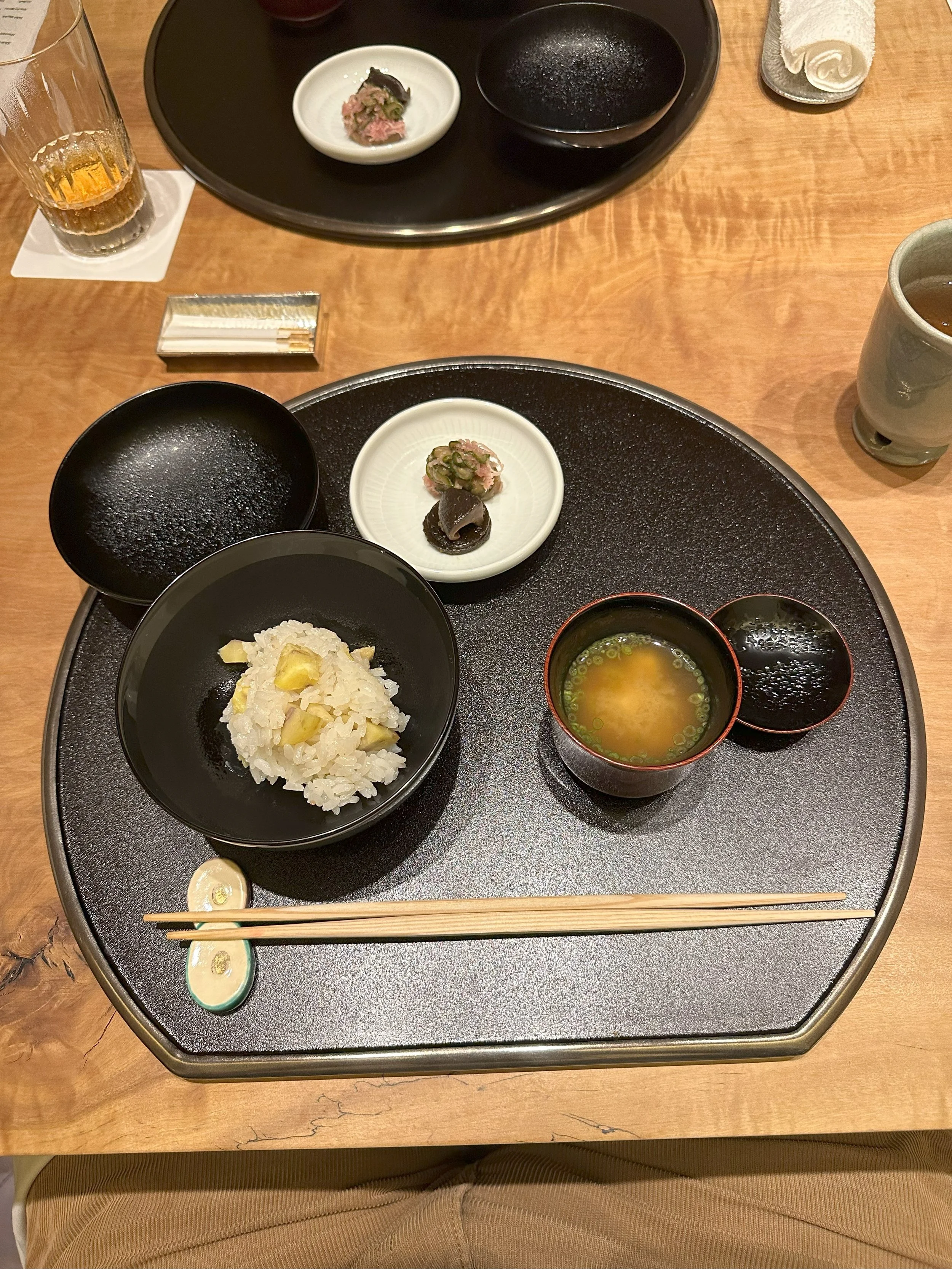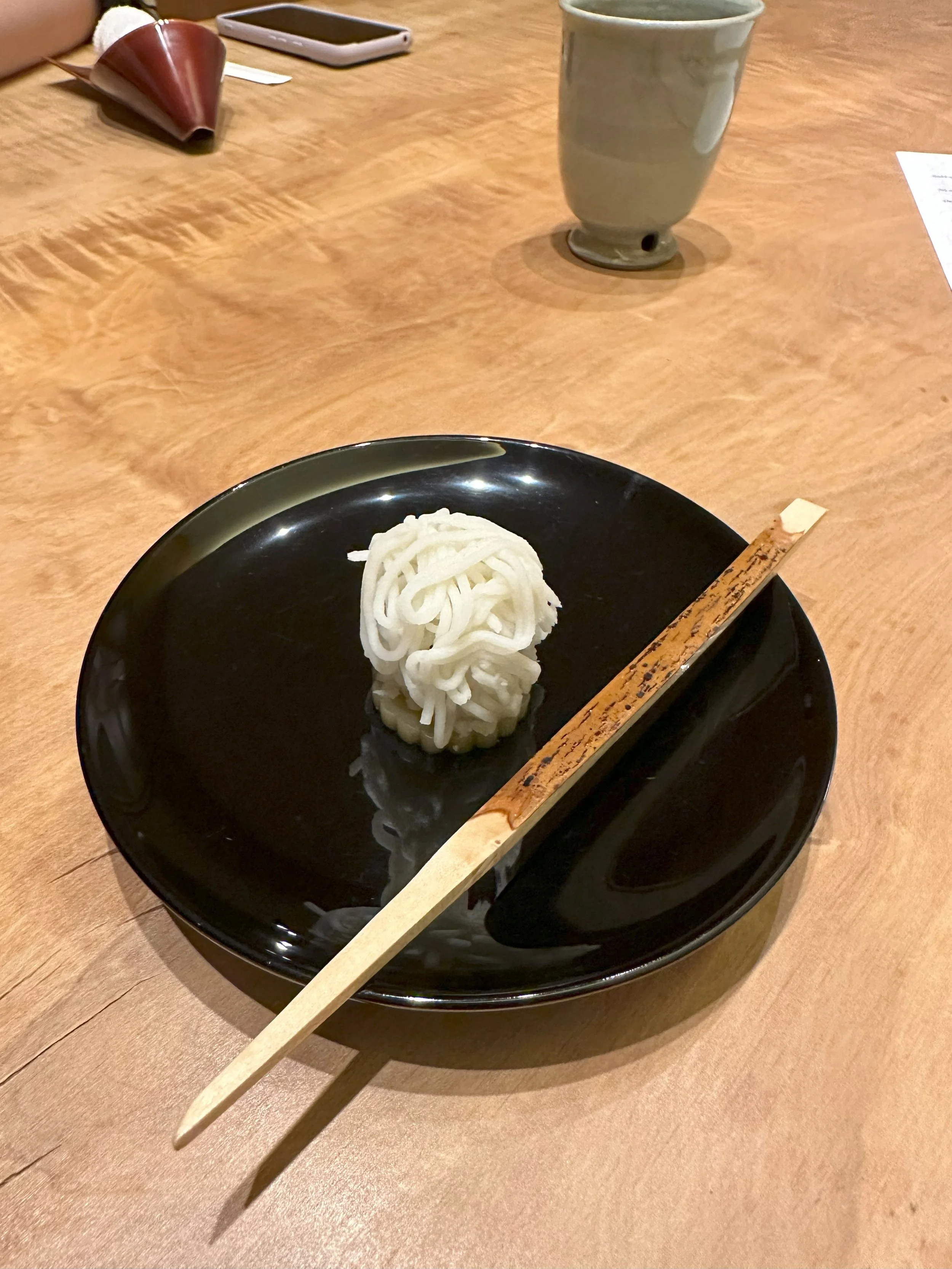
Osaka
Osaka is a HUGE internal tourism destination, centered around the feast for the eyes, ears, and stomach that is the Dotonburi region. To me it’s what would happen if you gave a state fair a budget for neon. We stayed about a block away from where Shinsaibashi (a LONG covered shopping street) intersected the canal that Dotonburi sits on, so we were right in the thick of it. This portion of the trip was very largely food and sightseeing centric, so we didn’t do a whole lot of shopping or museum-going. One notable and slightly odd exception being stumbling across a VERY nice ceramics shop called Asahido in the Daimaru department store while looking for a Pokemon souvenir for a friend. Oddly though I can’t find anything about the store online anymore, so it might have closed.
Museum of Oriental Ceramics - Osaka
The Museum of Oriental Ceramics - Osaka (MOCO) is a museum that actually focuses more on NON-Japanese ceramics. It has a few beautiful Japanese pieces as well, but it mainly features Chinese and Korean ceramics. My favorite part of the museum was how the ergonomics and design of the museum were set up to really optimize looking at ceramics. The lights were carefully calibrated to minimize glare, most of the pieces used mirrors or a rotating dias to let you see different angles, and there was a padded rail in front of all the cases that let you comfortably lean in and see pieces up close.
Yuki Museum of Art
At MOCO, I stumbled across a brochure for the Yuki Museum of Art and decided to check it out. It’s a postage stamp sized museum dedicated to tea ceremony wares and decorations. While lovely, I wouldn’t recommend it to any but the most hard core of ceramics nerds. There are several pieces that have “Important Cultural Artifact” designations, but the whole museum is just two small rooms. It had its audience though; there were a few people there who would spend 10-15 minutes scrutinizing and discussing each piece on display, all while furiously taking notes
Second Kaiseki - Kashiwaya Senriyama
The kaiseki meal we had in Osaka was north of the tourist quarter at Kashiwaya Senriyama. The Kyoto kaiseki had the leg up on ambience, but the art and plating at Kashiwaya was WONDERFUL. They go off a traditional calendar that breaks the year into a few dozen microseasons, and change the menu and décor accordingly. We were there in early fall, during the “Time of Chrysanthemums,” so every dish either had a part of the chrysanthemum plant in it, or was plated on something designed to look like a chrysanthemum, or was decorated with a scene from a folk tale involving chrysanthemums.
